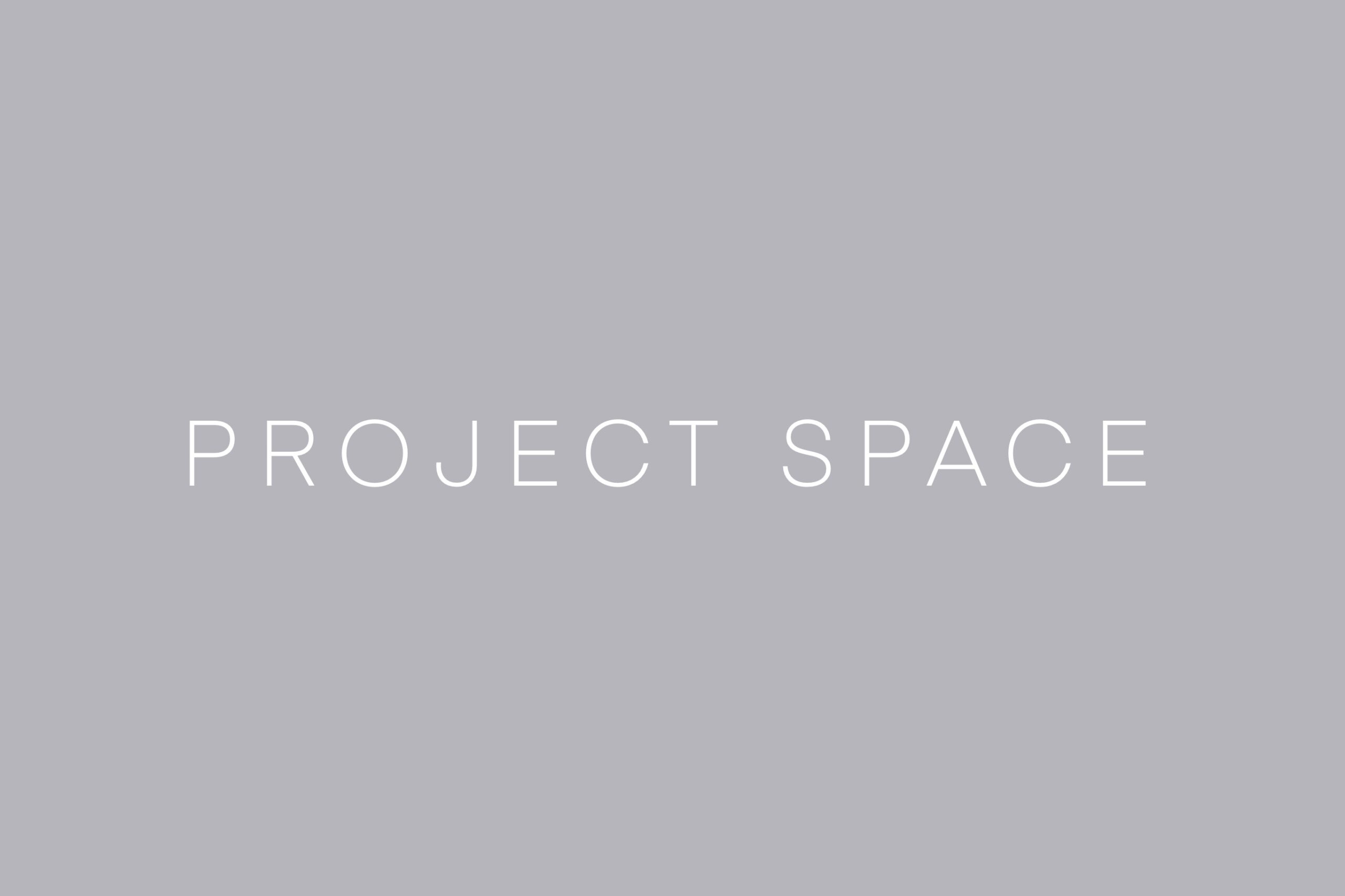Week 4 – Project Space: Accessibility

In the Week 4 collective meeting we were asked to locate our values as a collective – the resulting words were:
Possibility
Diversity
Communication
Reflecting on these terms in the context of my own speculative project I focused on Diversity and Communication, considering how these ideals pertain to accessibility in the curatorial space. If communication is to be a main consideration, then we must make sure that a diverse range audiences are able to experience the art in a meaningful way.
The White Cube refers to a completely blank, and therefore, impartial, exhibition space for the art to be placed inside. The concept emerged in the Museum of Modern Art, New York, in the 1930s. These spaces hold the assumption that the white space allows a universal aesthetic experience of art, ‘audiences were transformed into disembodied eyes, and identities carried in their bodies were parked outside’ (Fotiadi, 2024, p.3). By having such a minimalist space, the attention of the audience is directed towards the art but it also places the experience of art as a purely visual one (Fotiadi, 2024). Thus while operating in these modernist gallery spaces, the audience may fall into the conventional pattern of purely valorising the visual components of a work of art, and individuals with visual impairments would have a sufficiently restricted experience of exhibition art.
Despite the convention of the white cube gallery holding dominance within contemporary art galleries and museums, technological advancements bring in opportunities to employ senses other than sight. Joseph Grigely coined the term ‘Exhibition Prosthetic’(2010), referring to the ways in which a curator can guide an audience to an interpretation of the artwork. The introduction of handheld audio guides, emergence of audio descriptive pieces, and captioning for video work, have facilitated the ways that individuals who cannot rely on the usual visual forms that constitute the aesthetic experience can become active participants in arts culture. Further, in the case of Present Portal, in QUT Art Museum’s 2018 exhibition Vis-ability, artist Catherine Parker worked with a focus group of visually impaired individuals to develop a three-dimensionally printed tactile model of her painting, allowing the audience to feel a representation of the two-dimensional plane of the image (Rieger, et. Al, 2022).
Actions:
In order to make sure my individual project is executed with consideration of the collective’s core values, it is important to make sure that accessible considerations are embedded into my decision-making process of which artistic mediums and artists are going to be involved in this project. Additionally, I would be able to embrace the role of the curator as mediator, uniting artists with technological organisations to develop their individual projects, like Parker’s tactile model. Finally, by ensuring these components of a project, participants should gain a sense of access intimacy, where individuals needs are recognised without prompting.
Bibliography.
Deepwall, K. (2012). Walking/Working through Fran Cottell ‘s House. In: Fran Cottell: The House Projects. KT Press.
Fotiadi, S(2024). Multisensory Technologies for Inclusive Exhibition Spaces: Disability Access Meets Artistic and Curatorial Research. Multimodal Technologies and Interaction, 8(74), pp.1-16.
Grigely, J. and Hans Ulrich Obrist (2010). Exhibition prosthetics : Joseph Grigely; [conversation with Hans Ulrich Obrist and Zak Kyes]. London: Bedford Press.
Rieger, m, J., Hadley, B., Barron, S., M Boulton, S. And Parker, C (2022). Codesigning Access A new Approach to Cultures of Inclusion in Museums and Galleries / Om: A. Cachia, ed. Curating Access : Disability Art Activism and Creative Accommodation. Taylor & Francis Group, pp. 183 – 230




Your first post on the TRG exhibition is very strong. You include really good visual documentation, caption things, and clearly frame your intent in the text to explore “curatorial decision and the artists intention”. This is a central strand of curatorial inquiry and a connective methodology. You link in critical thinking from the course with Terry Smith and add to this with your independent research. It is clear from the way that you use quotes, and references (also in your 3rd post on Collective work) that you grasp the ideas you are citing. However, there is much more scope to incorporate course materials and mention of weekly lecture themes. This can be references to readings, a thinker or curator, case study examples of arts organisations, arts practice etc from the lectures.
It is great to see you include content on the Collective in a meaningful way, in this case a shorter summary then a substantial follow-up post. The synthesis of experiences from the Planning Meeting in the 3rd post is really strong, shows a thorough integration of knowledge and original creative/critical thinking. Very good to see mention of curator’s own words (Giblin), again could this be tied in with content from the morning sessions? External guest curators offer key oportunities to engage with curatorial practice in the field: I’d like to see this reflected in your Blog to strengthen its content (Fran and the artist-curator seems very relevant to you).
Good to see bibliographies at the end of posts. Well done.
Pointers on presentation. Consider using sub-headings strategically; format key terms/ideas (eg bold), delete the first post or personalise; use Week in each heading, use different lead images for each post (though I like how you have created a graphic identity for Collective, until you find your name); add sets of additional points that connect back to the lecture course content (key content from slides, case studies/examples of arts organisations etc).
A key thing now is to start to more consciously and directly weave indications of the Research & Development of your SICP. Explore a wider range of artists and consider the role of medium and sites in your project.